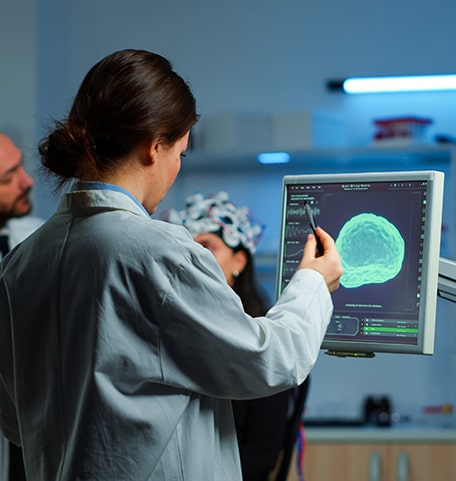

Stabilizing the Probiotic
Recently, when an unique yet challenging project of combining Herbal ingredients with Beta Glucan and probiotics came up, ABPL rose up to the challenge. ABPL closely worked with the client to overcome the challenge of stabilizing the probiotic strain which usually is highly unstable at Indian conditions. The other challenge in this project was that, to bring in required beta glucan content within the limited space available in capsule dosage form as the molecule has the physical property of low bulk density and they take up considerable void space in the capsule. ABPL and Client repeatedly worked-reworked the methods/process to ensure that the label claim of beta glucan as desired by the client is made available in the final product. This product has been commercialized in a capsule in capsule format, wherein the probiotic is in the inner baby capsule and beta glucan with herbal ingredients are in the outer mother capsule. The successful commercialization of this product adds yet another feather in the cap of ABPL.
We would also like to mention here that in the formulation and packaging front we have developed some new & novel packaging formats which have been successfully introduced in the market by several marketing companies.












